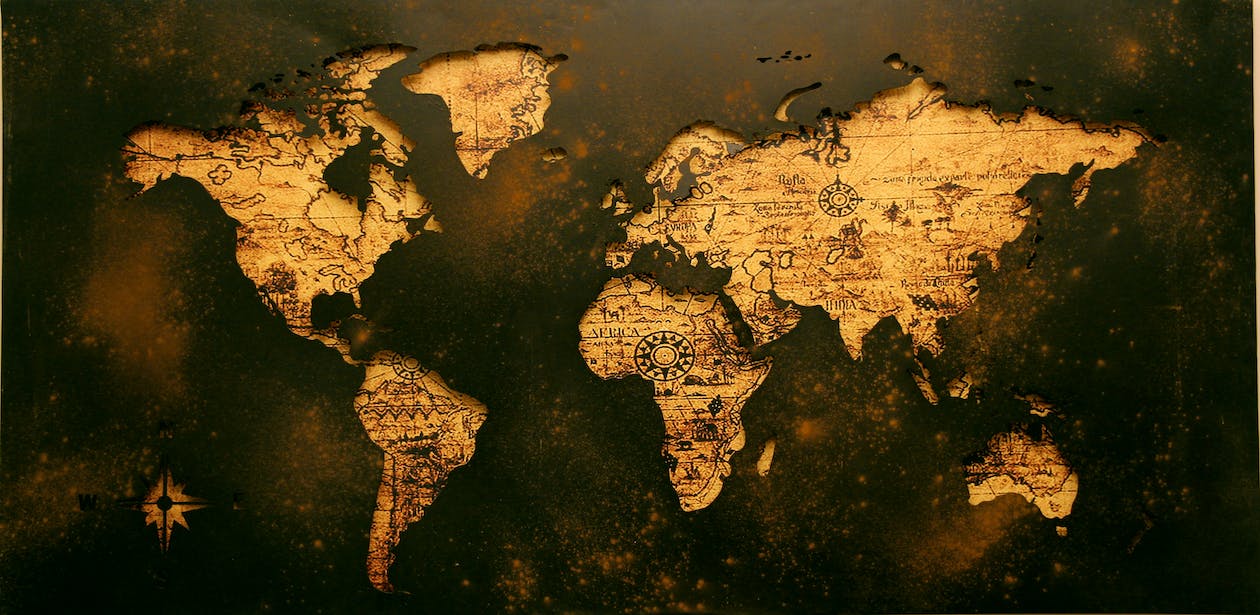Determining customer demands, challenges, and relationships with your business may appear daunting and needless at times. However, a clear understanding of their experiences at each point of the customer journey is critical to transforming business insights into a long-term action plan.
A customer journey map is a diagram that depicts the customer’s journey (also called the buyer journey or user journey). It tells the tale of your consumers’ interactions with your brand at all touchpoints. Whether your consumers communicate with you through social network platforms, email, live chat, etc., visualising the customer journey ensures that no one falls through the cracks.
A map for identifying the customer experience may assist you, and your organisation visualise how consumers feel at all brand touchpoints, allowing you to anticipate difficulties, enhance customer retention, and uncover critical data to make the best business decisions possible.
How Does a Customer Map Influence Customer Experience?
Outlining your present procedures allows you to see what your customers are going through in real-time and may reveal recurring issues that need prompt intervention. You’ll be able to engage with your buyer and, as a result, persuade your company to prioritise the customer experience (CX) through common knowledge as a result of this activity.
Developing a Better Understanding of Your Customer
How does it make your client feel when they have to talk to numerous customer care representatives about a problem they’re having? What if their purchase isn’t delivered on time? You may be envisioning a circumstance in which those events occurred outside of the job, and you recall feeling frustrated.
You think this consumer feels the same way and can empathise with them. Customer journey mapping is a valuable activity since it allows you to build empathy for your consumers and understand their feelings at every step.
A customer journey map broadens that empathy to a deeper degree, allowing you to truly comprehend their experience and use it to better your company’s customer experience mapping strategy.
Understanding the client from an empathic, bird’s-eye perspective entails gaining a better grasp of their expectations at each touchpoint so you may improve CX procedures to meet their needs.
Developing a Customer-Centric Business
For strategic customer experience goal planning and success monitoring, alignment toward the same business objectives is critical. When you develop a journey map, you’ll have a customer-focused tool to refer to and share throughout your organisation. You may use the journey map to teach team members about CX best practices. You may also go through the map with your customer care staff to see how you can eliminate roadblocks all through the buyer lifecycle.
Employing visual mapping to convey a narrative to your organisation will not only establish a benchmark for excellent customer service but will also enhance customer experience and loyalty.
How to Create a Customer Journey Map
If you don’t maintain a focus on your customer journey maps, they could get quite complicated. Even though you can target numerous personas, you should only study and envision one persona and one consumer situation at a time.
Here is how you create a customer journey map to educate the design of your customer experience mapping.
Determine your objectives
It will be impossible to evaluate whether your customer journey map will influence your customers and your business if you don’t have a purpose. You’ll almost certainly need to identify current and potential buyers so that you can establish particular goals for them at each stage of their journey.
Cross-functional collaboration is required to create a reasonable and realistic objective. Gather unique viewpoints and insights on each step of the current customer experience, where work is needed, and how they will be assessed.
Conduct a Customer Persona Study
Fill in as much detail as you can about the persona you use to create your customer journey map. You may have a few records, reports, or other pre-existing data about the target persona, depending on the age of your firm.
Obtain helpful consumer information in one of the following ways:
- Set up interviews
- Speak with staff who deal with consumers regularly.
- Get current customers to complete surveys via email
- Examine the customer service and complaint logs.
- Take snippets from recorded contact centre conversations.
Throughout your research process, collect both qualitative and quantitative data to ensure that your company makes data-driven decisions based on the feedback of actual consumers.
Outline Touchpoints
The majority of the journey map consists of consumer touchpoints. Customers connect with and experience your brand via various channels. Be careful to include material that covers components of action, emotion, and potential difficulties when you do research and design your touchpoints.
Plot the Current Situation
Create your present customer experience, or what you feel is the current stage of the customer journey. You can begin to detect gaps or red flags in the CX by mapping your present condition.
Plot the Ideal Journey Map
Your map will most likely indicate specific gaps in your customer experience now that you’ve examined the present status of the customer journey. Share your results with the whole organisation to keep everyone informed about the areas that need to be addressed. Develop a clear roadmap for change with your teams and explain how their jobs will contribute to enhancing the customer experience along this journey.

